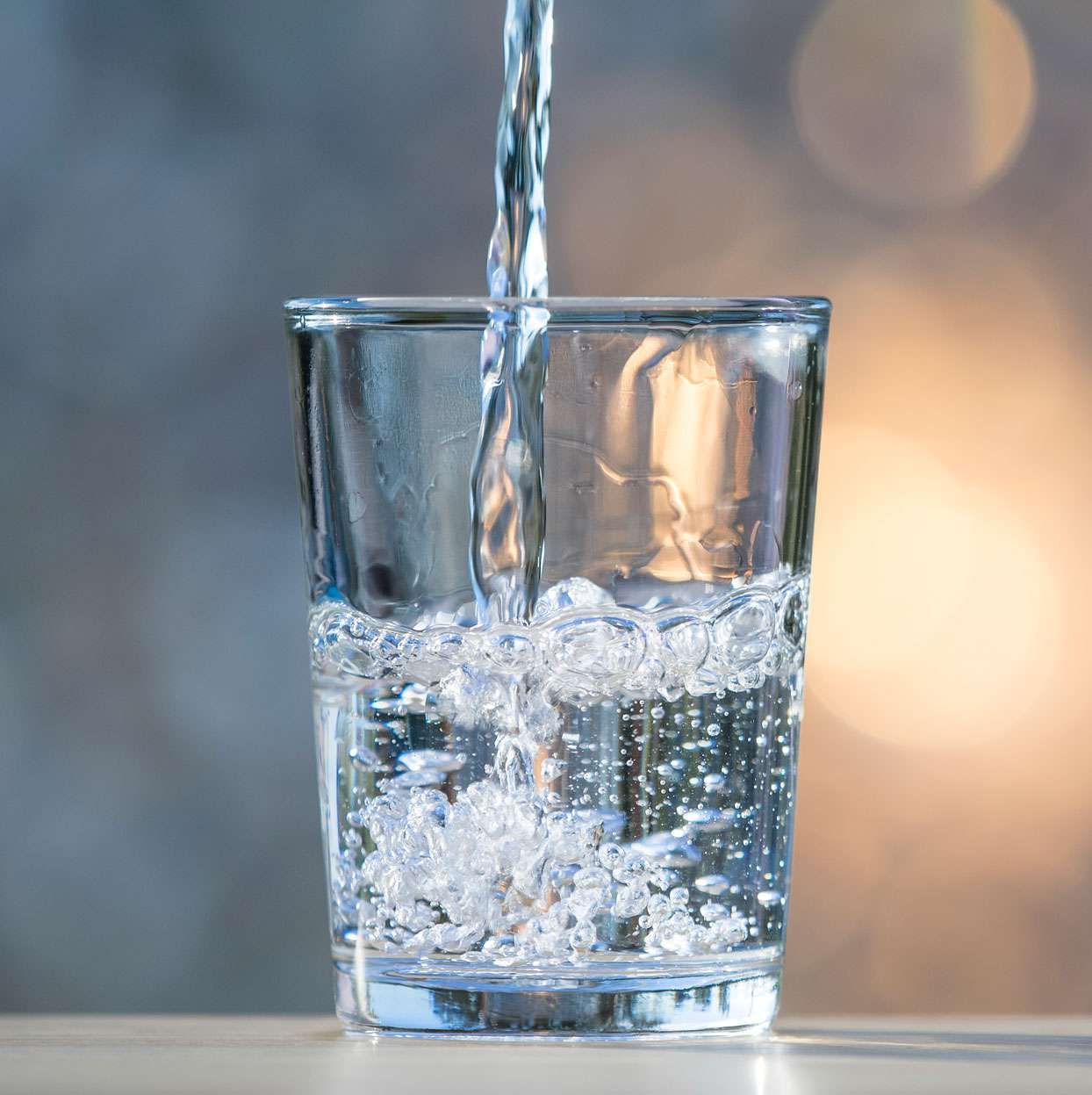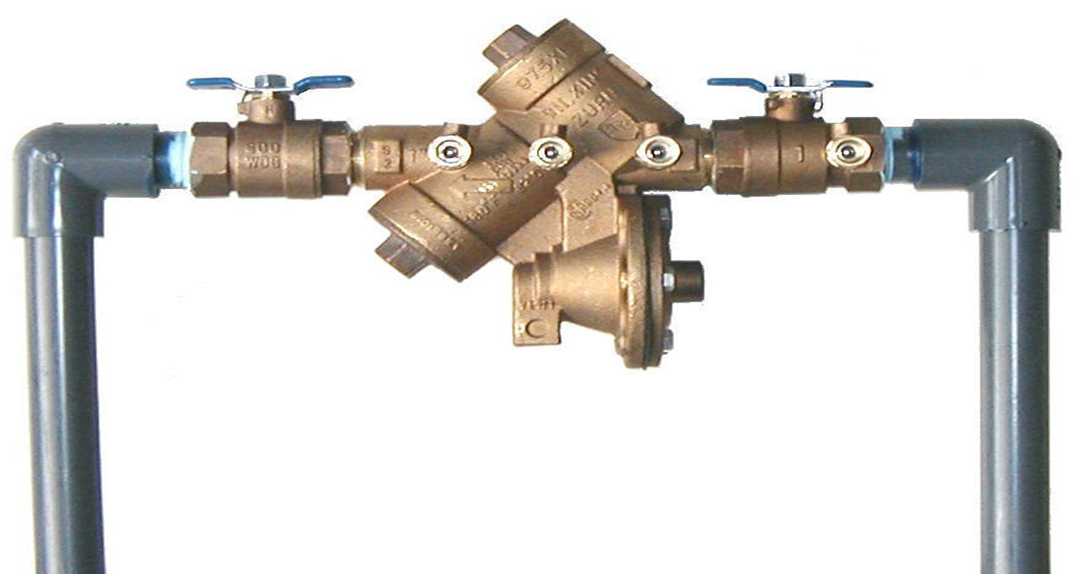Carbon Monoxide Questions and Answers
Carbon Monoxide (CO) Safety & Prevention

- What is Carbon Monoxide (CO) and how is it produced in the home?
Carbon monoxide, or CO, is an odorless, colorless and toxic gas. Because you cannot see it or smell it, it can kill you before you are even aware of its presence. Carbon monoxide is one of the leading causes of accidental poisoning deaths in America.
2. What are the symptoms of CO poisoning?
The initial symptoms of CO poisoning are similar to the flu (but without the fever). They include: headache, fatigue, shortness of breath, nausea, and dizziness. Many people with CO poisoning mistake their symptoms for the flu or are misdiagnosed by physicians, which sometimes results in tragic deaths.
4. What should you do to prevent CO poisoning?
Many poisonings occur during the winter months when heaters are in high use and windows are closed. Here are some steps to reduce carbon monoxide exposure.
• Ensure that combustion equipment is properly installed and maintained regularly.
• Never use a generator inside living/working space.
• Never run a car or truck in the garage with the door shut.
• Never burn charcoal indoors.
• Never use a gas range or oven for heating.
• Install a carbon monoxide detector in your home and check batteries regularly.
• Purchase only gas equipment containing the seal of a national testing agency such as Underwriters Laboratory (UL) or the American Gas Association (AGA).
5. What should you do if you are experiencing symptoms of CO poisoning?
If you think you are experiencing any of the symptoms of CO poisoning, get fresh air immediately. Open windows and doors for more ventilation, turn off any combustion appliances, and leave the house. Call your fire department and report your symptoms. You could lose consciousness and die if you do nothing. It is also important to contact medical personnel immediately for a proper diagnosis. Tell them you suspect CO poisoning is causing your problems. Prompt medical attention is important if you are experiencing any symptoms of CO poisoning when you are operating fuel-burning appliances. Before turning your fuel-burning appliances back on, make sure a qualified serviceperson checks them for any malfunction.
Again, we always recommend having your heating equipment serviced, as safety inspections on fuel-burning equipment can prevent these types of issues. We also recommend inspecting water heater vents, along with gas dryer venting for any venting that may be hazardous. Test your Carbon Monoxide detectors/alarms on a regular basis.
Information provided by: By Steven Munsell, Industrial Hygienist, U.S. Army Public Health Command November 24, 2014 and Consumer Product Safety Commission CPSC Document #466 Publication.
Master Plumbing License with the State of Michigan
Plumbing Contractor License with the State of Michigan
Mechanical Contractor License with the State of Michigan
B2 Boiler License with the State of Michigan
ASSE Certified Backflow Tester
Universal Refrigeration Certification



